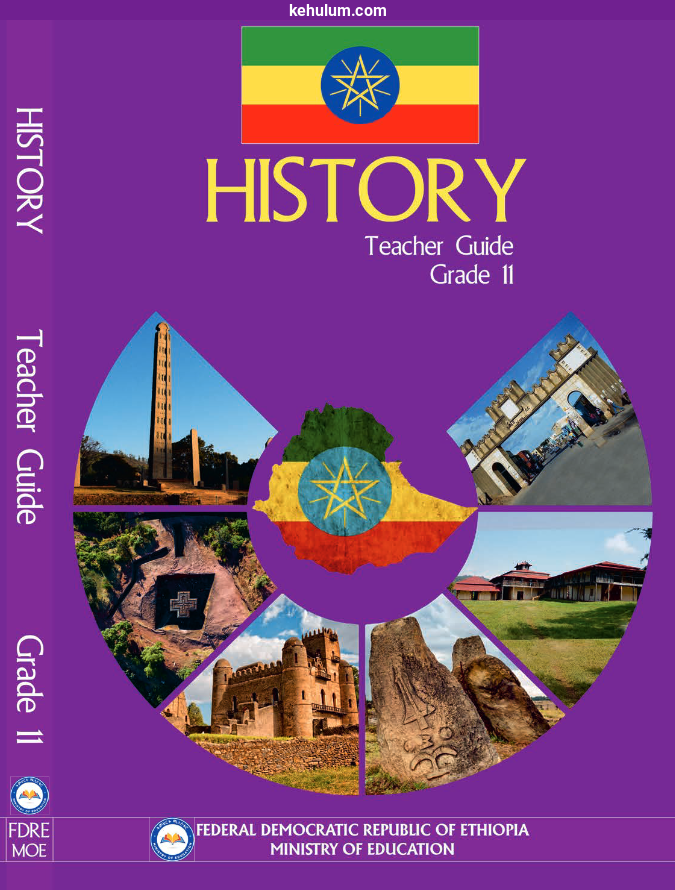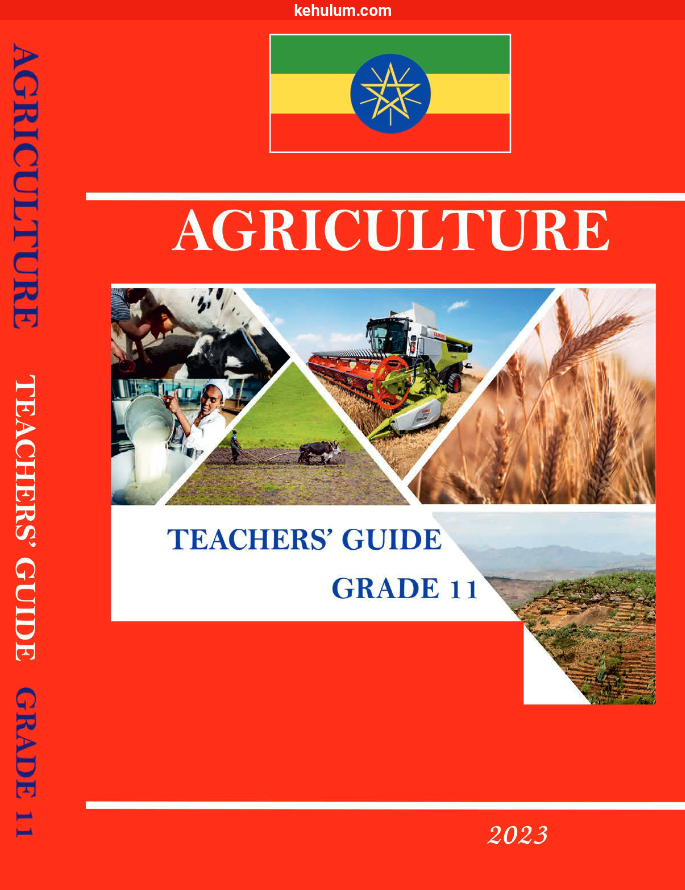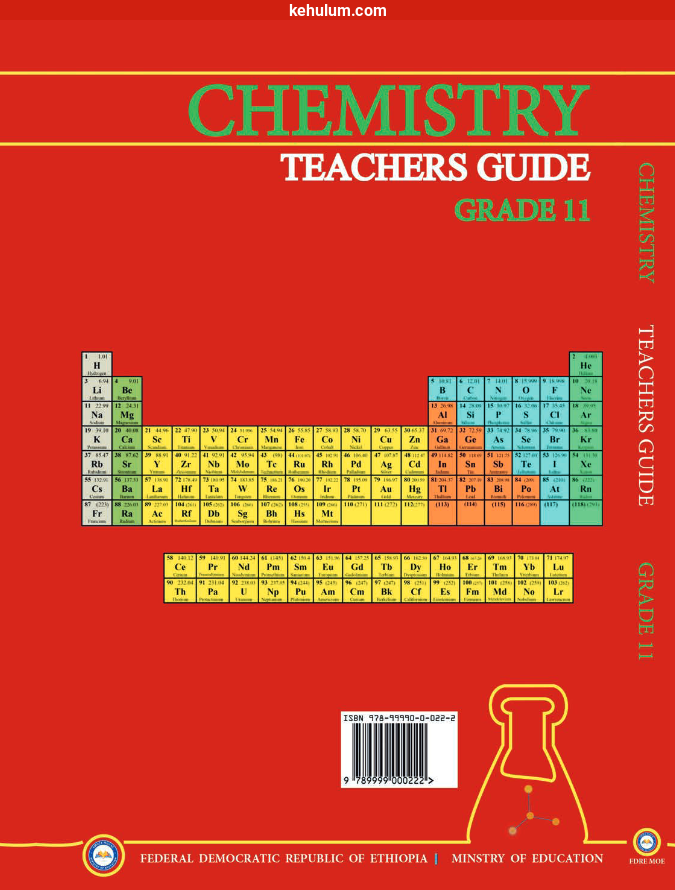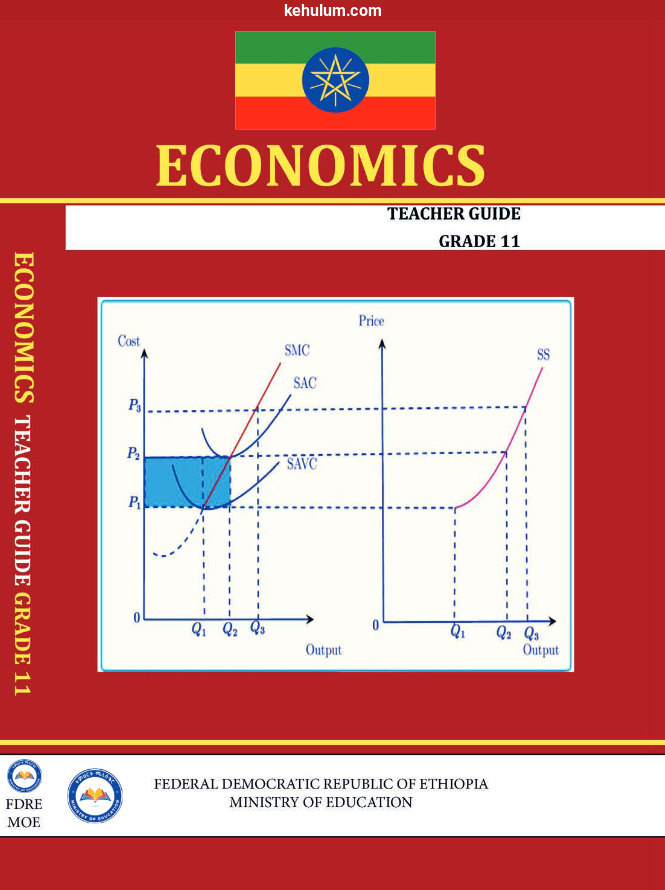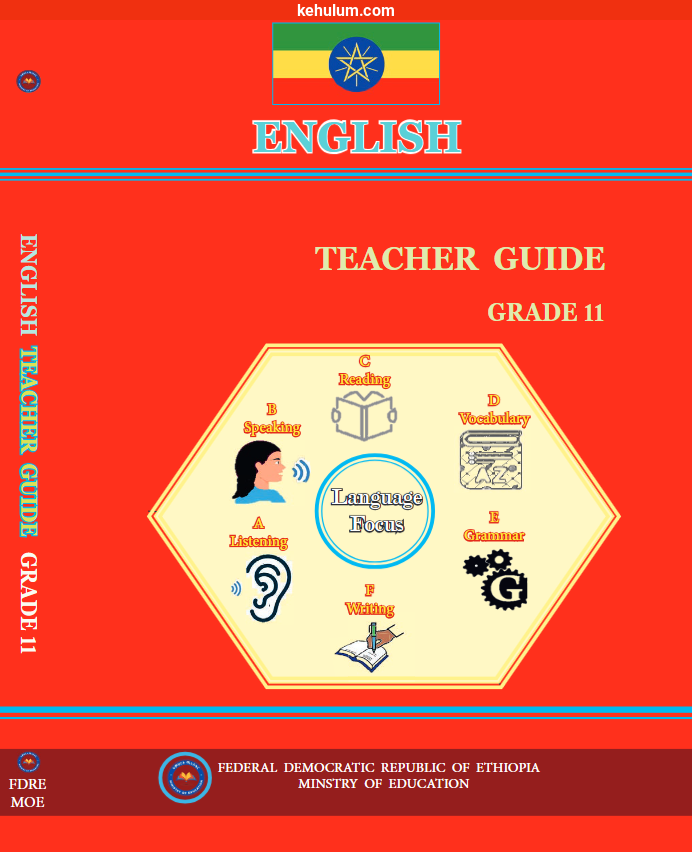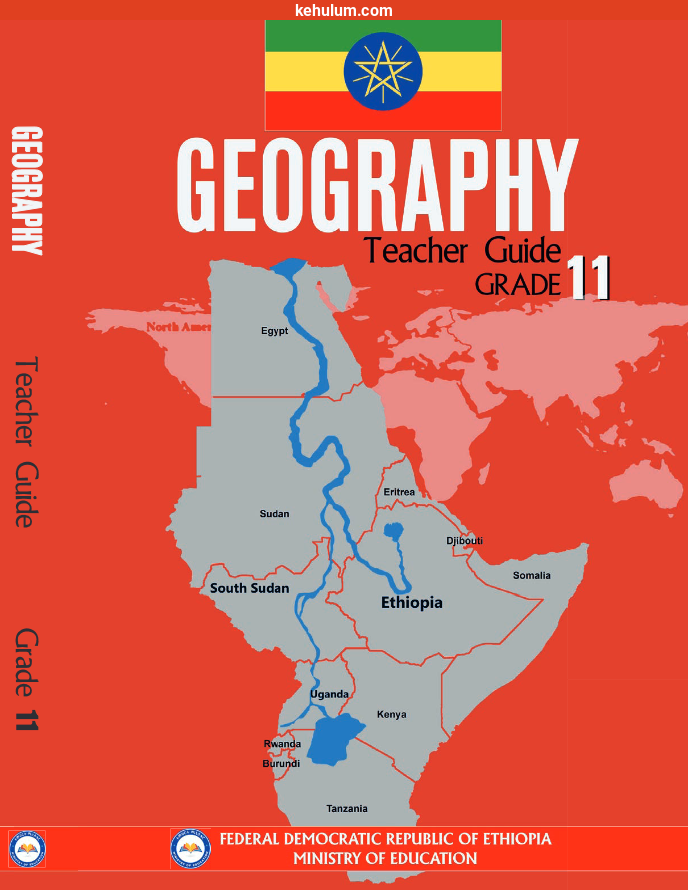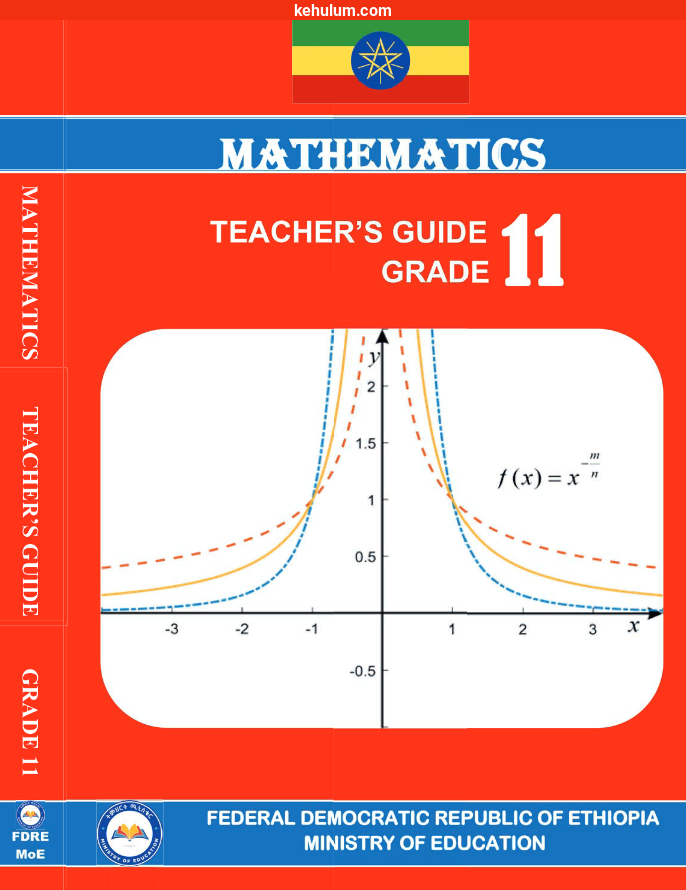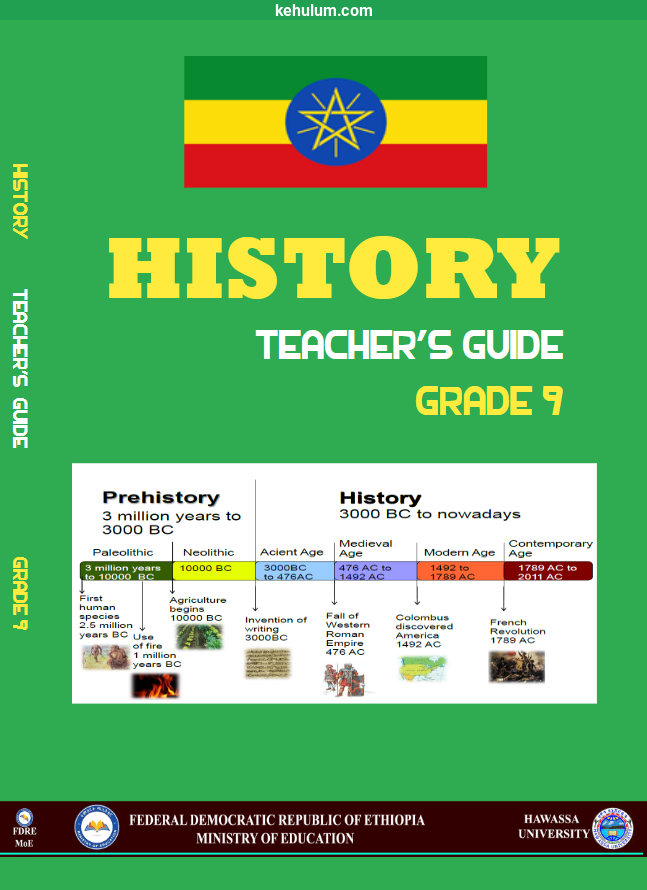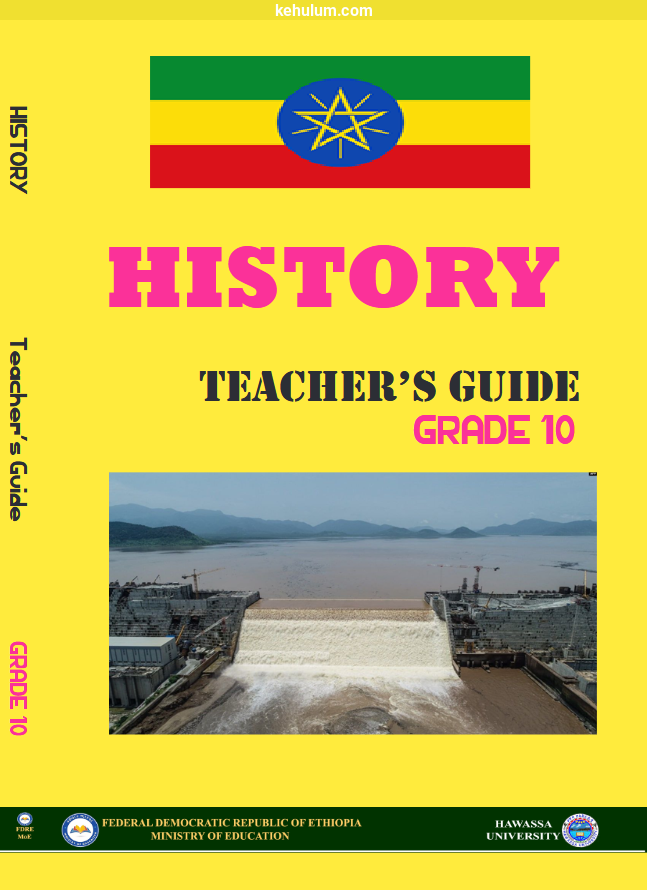Advertisement
Ethiopian Grade 11 History Teacher’s Guide PDF (New Curriculum) – Free Download
The Ethiopian New Curriculum Grade 11 History Teacher’s Guide is an important resource for teachers, reflecting the country’s educational changes. It aims to improve teachers' knowledge and skills, helping them explore both local and global stories. The guide encourages critical thinking, analyzing sources, and understanding history better. It uses modern teaching methods to support learning through questions and real-life context.
Teacher’s Guide Summary
This teacher's guide is published by the Ministry of Education in 2023, this guide provides a comprehensive historical framework that connects global history with Ethiopian heritage. It consists of 9 instructional units spread over 249 pages. Each unit features clear objectives, pacing suggestions, period breakdowns, and assessments. The PDF size is 1.9 MB.
Writer / Authors
This teacher's guide is authored by Dr. Wagaw Bogale & Dr. Geremew Eskezia
Chapters
The guide is divided into 9 pedagogically sequenced units. Each unit is time-bound (in periods), grounded in key historical eras, and designed to facilitate critical engagement with sources, timelines, and patterns of change.
UNIT ONE: HISTORY, HISTORIOGRAPHY, AND HUMAN EVOLUTION
- This unit covers History and Historiography, where teachers will explore the foundations of historical knowledge, tracing the meaning of historiography to the emergence of states and human societies. It also includes Periodization in History, Origins of Human Beings, and the Emergence of State.
UNIT TWO: MAJOR SPOTS OF ANCIENT WORLD CIVILIZATIONS UP TO C.500 A.D
- This unit surveys the Ancient Civilization of Africa, Ancient Civilizations in Asia, Ancient Civilization in Europe, Civilizations in Latin America, and the Rise and Spread of Christianity.
UNIT THREE: PEOPLES AND STATES IN ETHIOPIA AND THE HORN TO THE END OF THE THIRTEENTH CENTURY
- It covers Languages, Religions, and Peoples of Ethiopia and the Horn, Pre-Aksumite States and their Geographical Setting, the Aksumite Kingdom, the Sultanate of Shewa, the Zagwe Dynasty, the Kingdom of Damot, and the Bete-Israel (Ethiopian Jews).
UNIT FOUR: THE MIDDLE AGES AND EARLY MODERN WORLD, CA. 500 AD-1789
- This unit includes Middle Age in Europe, Main Features of the Middle Ages, Middle Ages in Asia, Developments of Early Capitalism, the Age of Explorations and Inception of Globalization, the Renaissance, the Reformation, and the Scientific Revolution and the Enlightenment.
UNIT FIVE: PEOPLES AND STATES OF AFRICA TO 1500
- It explores African Languages: Classification and Distribution, States in North Africa, the Spread of Islam to North Africa, States in West Africa, Central and Eastern Africa, Southern Africa, and Relationships and Exchanges among Different Regions of Africa.
UNIT SIX: AFRICA AND THE OUTSIDE WORLD: 1500-1880s
- This unit discusses Medieval African States, Contact with the Outside World, Slavery and Slave Trade in Africa, the "Legitimate" Trade, White Settlement in South Africa, and European Explorers and Missionaries.
UNIT SEVEN: STATES, PRINCIPALITIES, POPULATION MOVEMENTS AND INTERACTIONS IN ETHIOPIA (13TH – MID-16TH CENTURY)
- It includes the Christian Highland Kingdom Under the Restored “Solomonic” Dynasty, Expansion of Islam and Emergence of Muslim Sultanates, Political and Socio-Economic Conditions of Southern and Central States in Ethiopia, the Relationship Between the Christian Highland Kingdom and the Muslim Sultanate of Adal, and Population Movement in the Ethiopian Region.
UNIT EIGHT: POLITICAL, SOCIAL AND ECONOMIC PROCESSES IN ETHIOPIA, MID 16TH TO MID-19TH CENTURY
- This unit covers Peoples and States of Southern, Western, and Eastern Ethiopia, as well as Instability versus Consolidation in the Christian Kingdom.
UNIT NINE: THE AGE OF REVOLUTIONS, 1789 TO 1815
- It explores the Industrial Revolution and its political, economic, and social effects on Europe, the American War of Independence, the French Revolution, and the Period of Napoleon Bonaparte.
Advertisement
Frequently Asked Questions
How many pages are in the Ethiopian Grade 11 History new curriculum teacher's guide?
The Teacher's Guide contains 249 pages filled with detailed instructional strategies.
What is the file size of Ethiopian Grade 11 History new curriculum teacher's guide?
The Teacher's Guide PDF file size is 1.9 MB, easily accessible on all devices.
How do I download the Ethiopian Grade 11 History new curriculum Teacher's guide PDF for free?
Simply click the download button on the page
Is the Grade 11 History teacher's guide available for both old and new curriculum?
Yes, kehulum.com provides teacher guides for both Old and New Ethiopian curriculum.
Related new curriculum history Teacher's Guide
Advertisement

